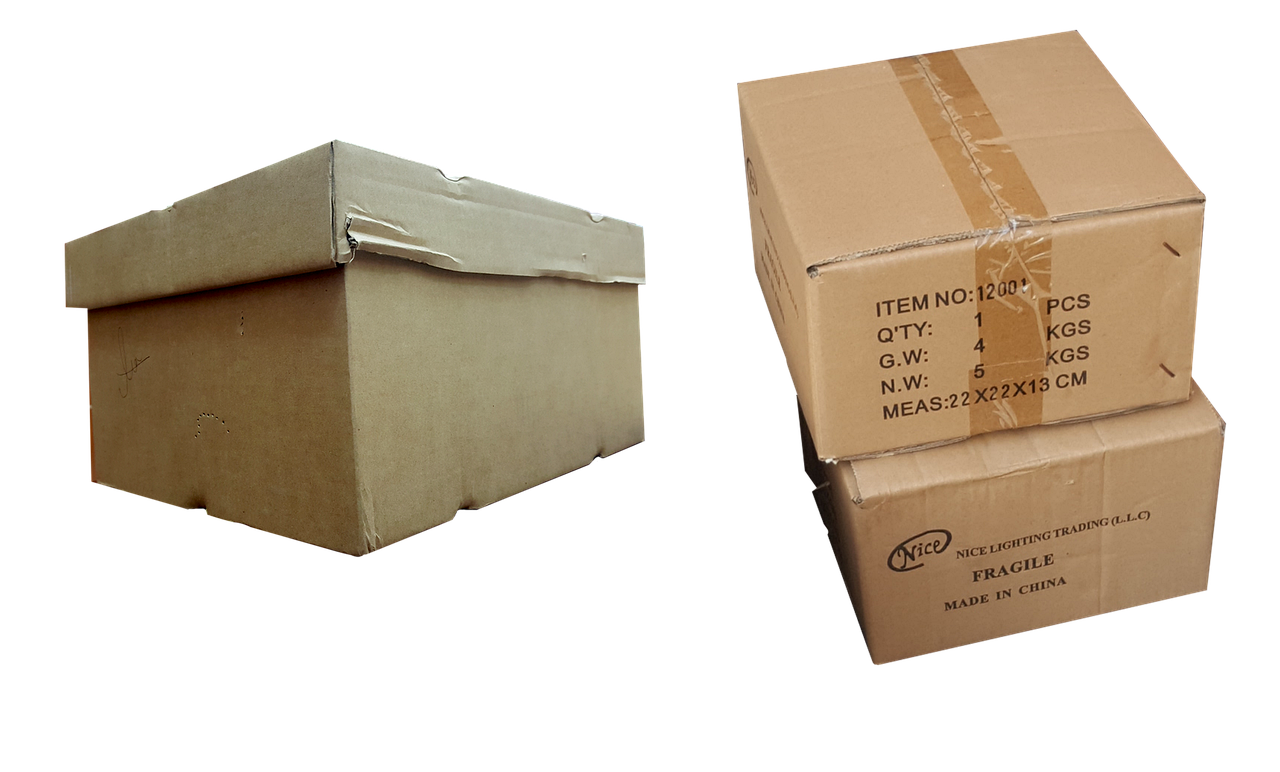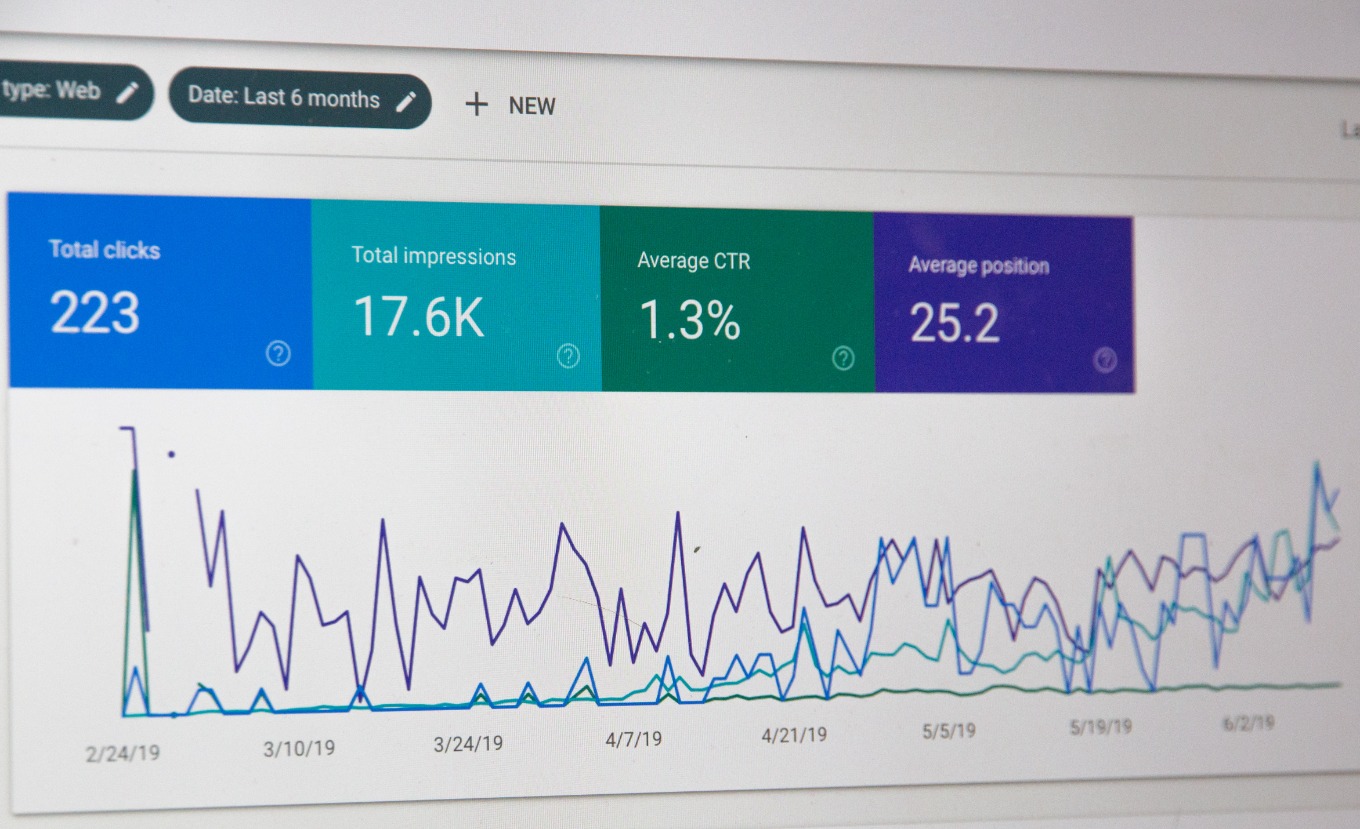How to Hire the Best Move Management Software for Your Business
As the world becomes increasingly digital, the importance of implementing effective software solutions to streamline business operations cannot be overstated. In the realm of relocation management, one such solution is the utilization of move management software.
Move Management Software (MMS) is a sophisticated software solution designed to manage and streamline the process of relocating assets, whether it be for personal, commercial or corporate purposes. In the realm of business, this may range from office moves to massive corporate restructures involving hundreds of employees.
The value proposition of MMS lies in its ability to simplify a traditionally complex process, reducing human error and increasing efficiency. A good MMS will provide features such as inventory tracking, task management, scheduling, reporting, and a centralized dashboard for effective communication and coordination.
So, how does one select the optimal Move Management Software? Below are several crucial factors to consider.
- Understanding Your Needs: Before embarking on the journey to select your MMS, it is imperative to have a comprehensive understanding of your business's unique requirements. This entails a thorough assessment of your current systems, identifying inefficiencies, and outlining key objectives.
- Features and Functionality: Once your needs are identified, it's time to examine the features and functionality of potential MMS solutions. From tracking the minutiae of individual assets to managing complex timelines, a robust MMS should offer comprehensive tools for managing every aspect of a move.
- Compatibility and Integration: The MMS should be compatible with your existing IT infrastructure and should easily integrate with your other software systems.
- Scalability: As your business grows, so too will your move management needs. Therefore, it is crucial to select a MMS that is scalable and can adapt to your changing business dynamics.
- Security: Given that a MMS will likely handle sensitive company and employee data, it's essential that the software adhere to stringent security protocols.
- Vendor Support: Finally, consider the level of support offered by the MMS vendor. This includes not only technical support but also training, system upgrades, and ongoing maintenance.
The Pareto Principle, more commonly known as the 80/20 rule, can be effectively applied in this context. This economic principle posits that roughly 80% of the results come from 20% of the causes. Applied to the process of selecting a MMS, it suggests that by focusing on the most critical 20% of your needs, you can achieve 80% of your desired outcomes.
In assessing the trade-offs between various MMS choices, consider the concept of opportunity cost. In economics, opportunity cost refers to the loss of potential gain from other alternatives when one alternative is chosen. For example, choosing a MMS with more advanced features but a steep learning curve may result in a higher opportunity cost in terms of time and resources spent on training staff.
In conclusion, choosing the right Move Management Software for your business is a multi-faceted process that requires a deep understanding of your unique business needs. By considering factors such as needs, features, compatibility, scalability, security, and vendor support, you can make an informed decision that will streamline your move management processes, thereby increasing efficiency and yielding significant business benefits.
The value proposition of MMS lies in its ability to simplify a traditionally complex process, reducing human error and increasing efficiency.






